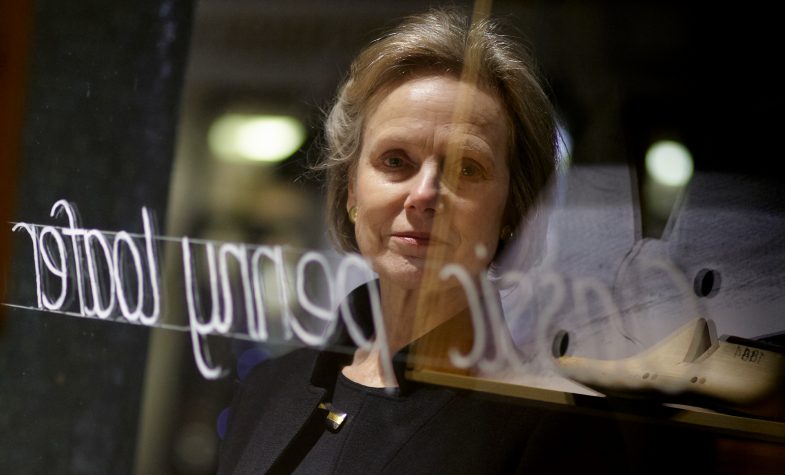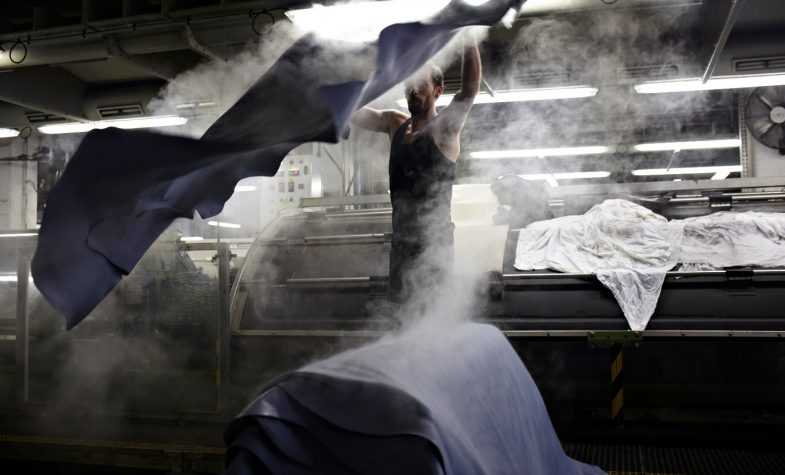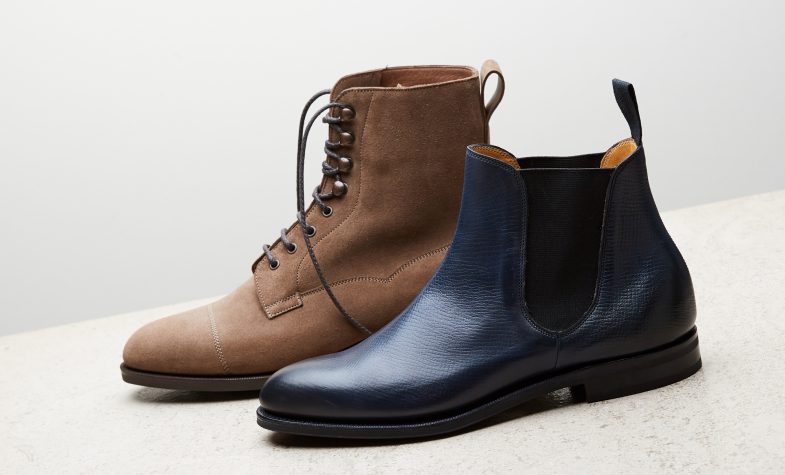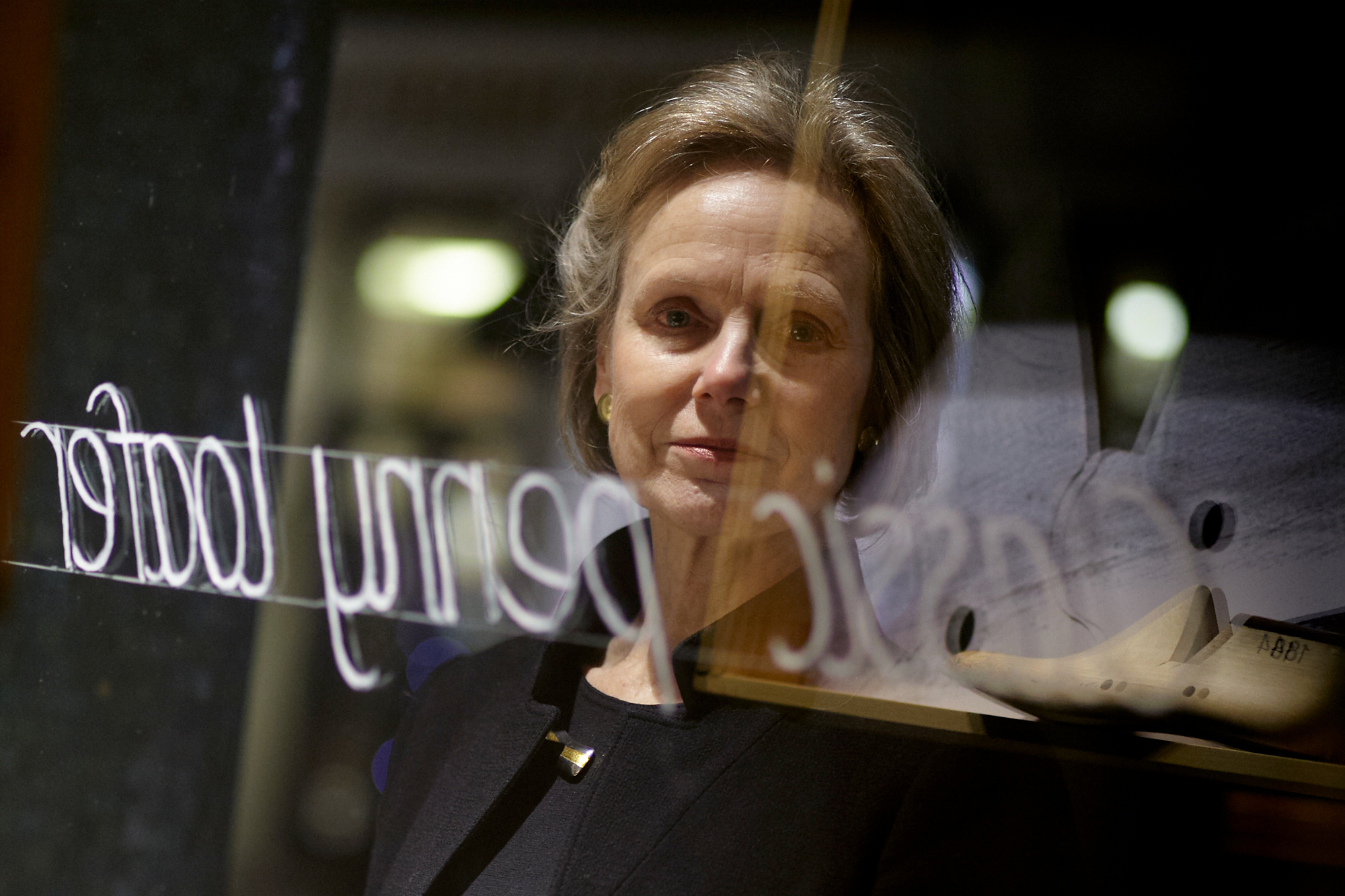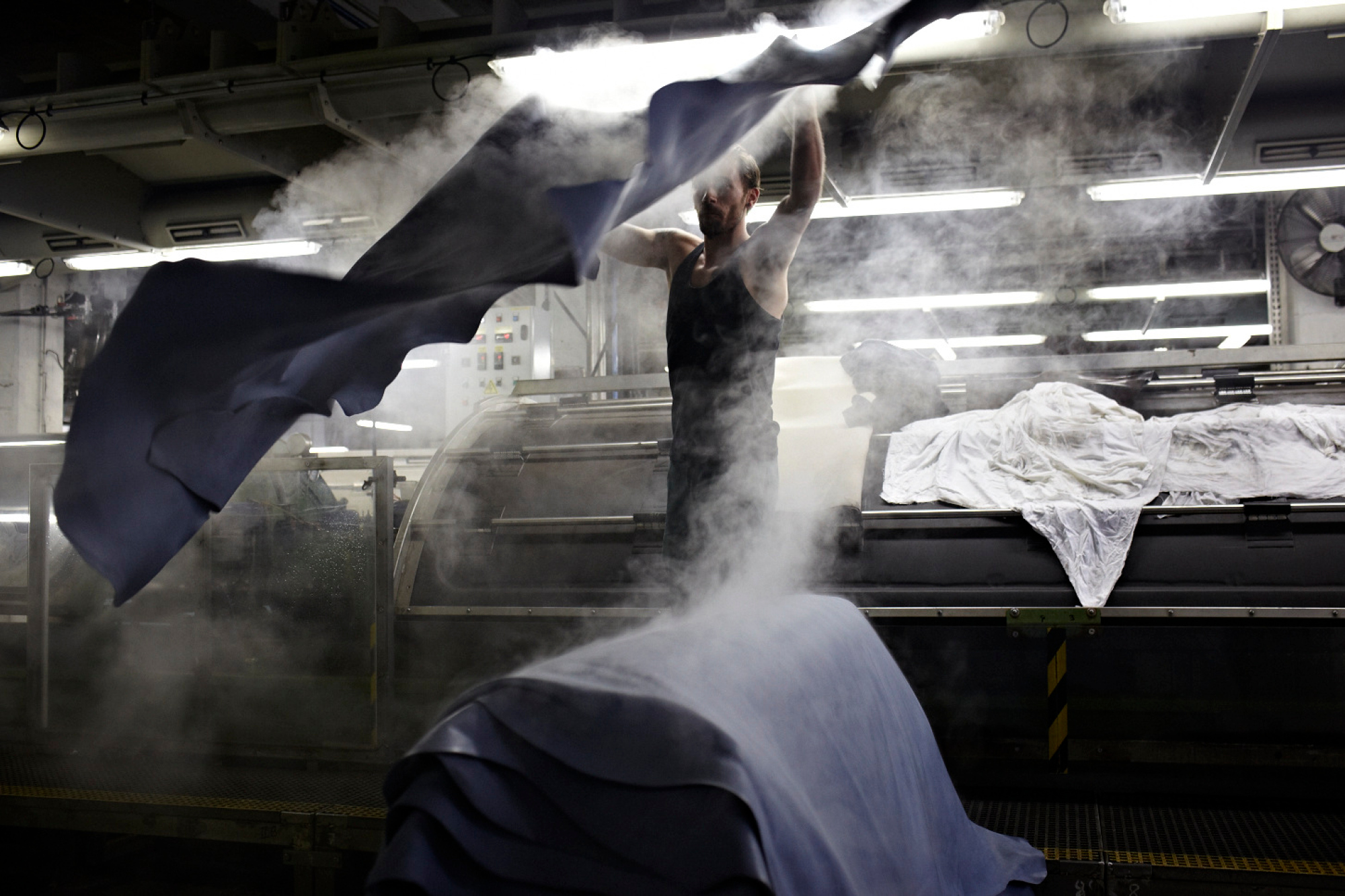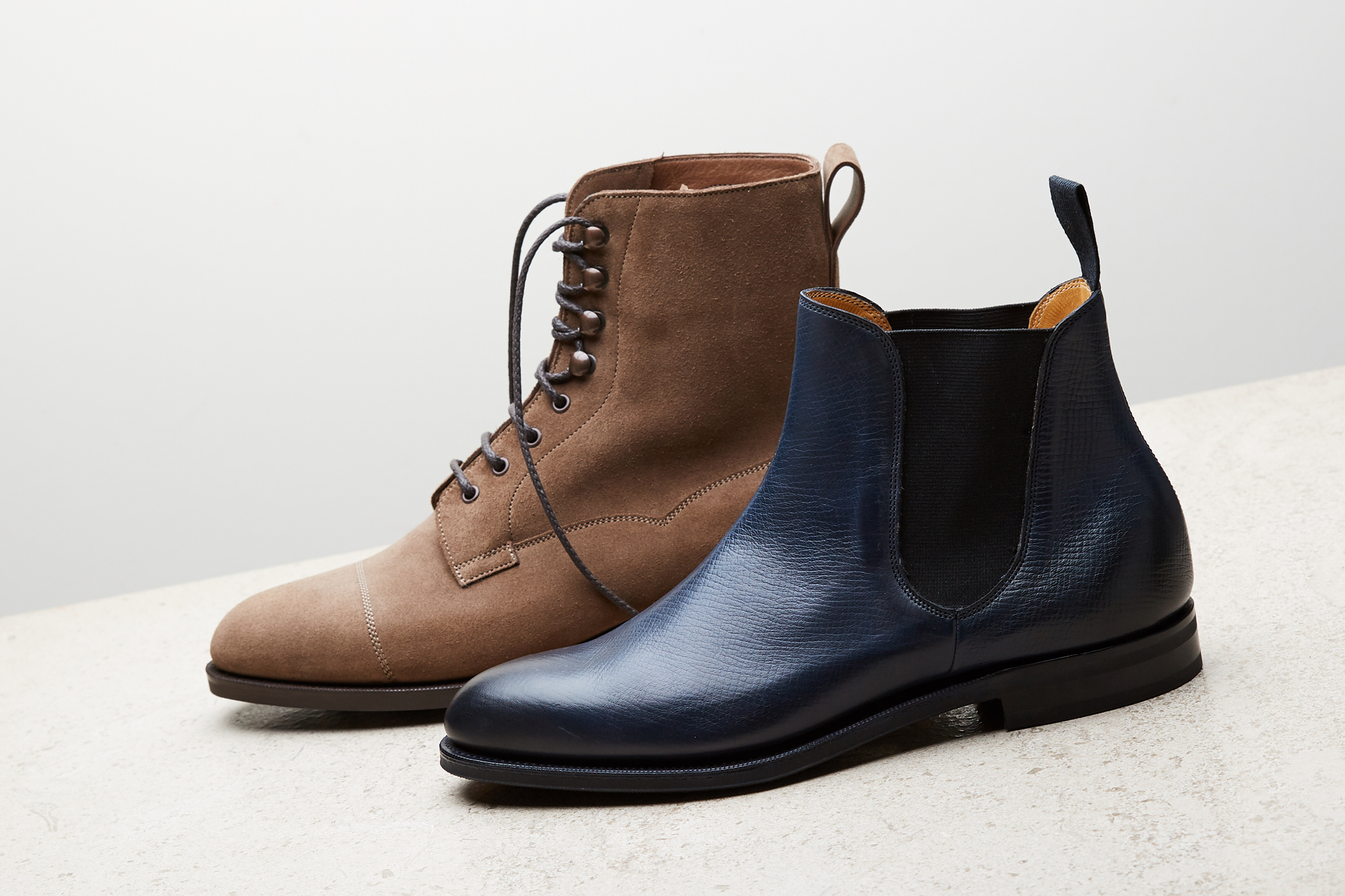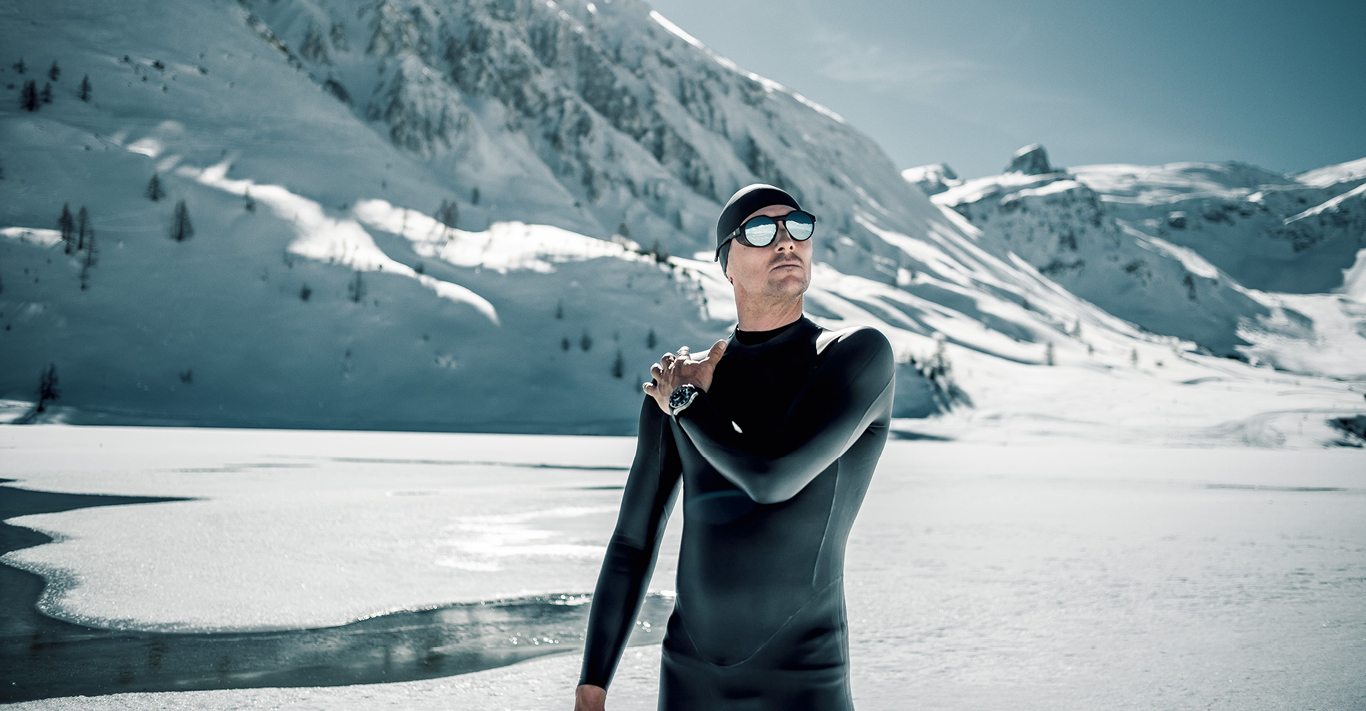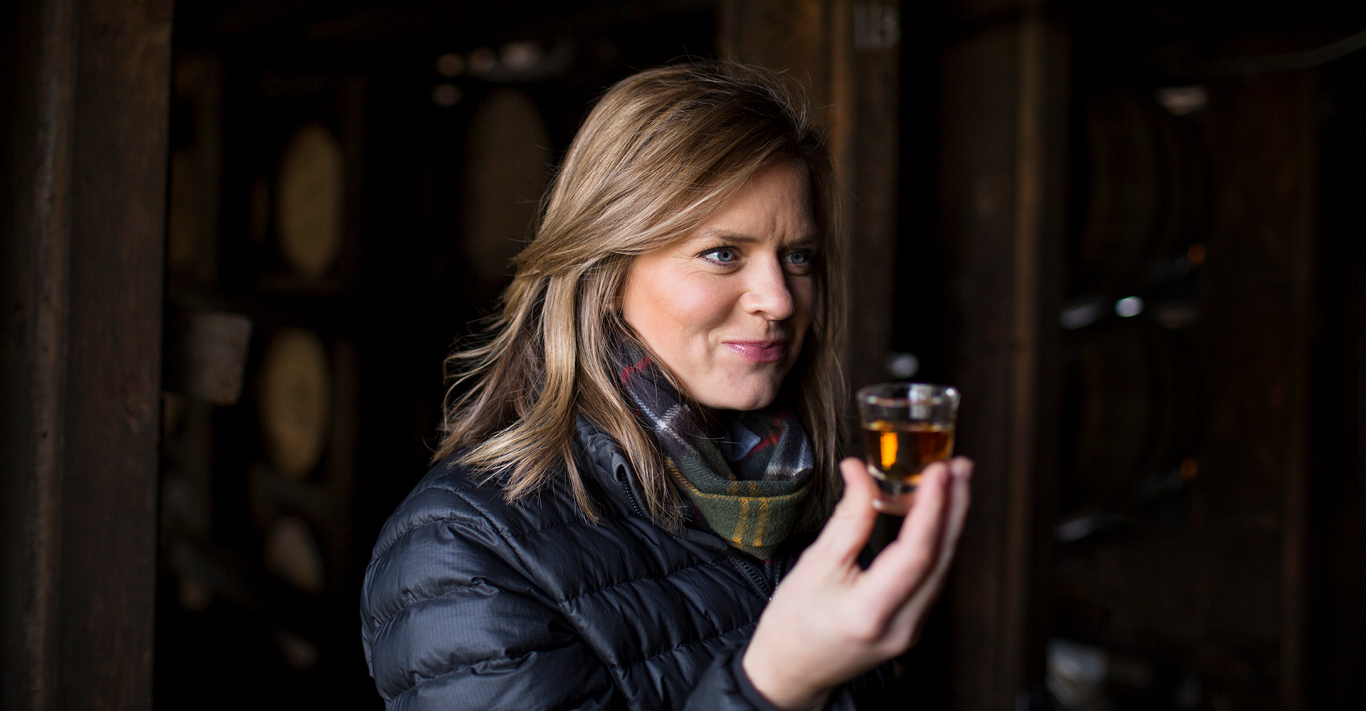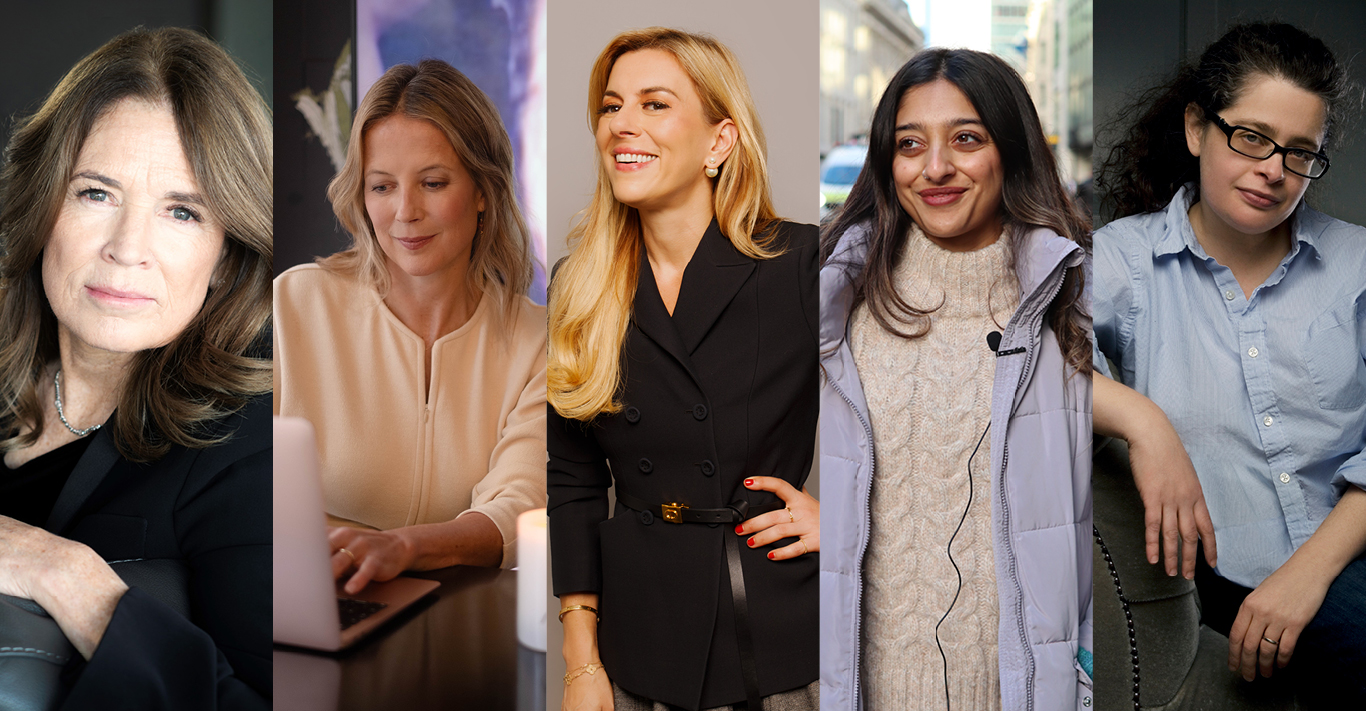WORDS
Gemma Billington
The old adage states that you should never judge a book by its cover, but a person’s shoes can tell you (almost) everything you need to know about them.
This is certainly the case for Hilary Freeman, managing director of iconic English shoemaker Edward Green. Elegant in an all-black ensemble, she wears black suede shoes finished with a silver buckle. They are of course Edward Green, but this is not as obvious an assumption as you might think.
Edward Green initially had women’s shoes in their catalogues back in the 40s, 60s and 80s – but this year marks the first time the company has created its own dedicated women’s collection on lasts made especially for women’s feet. Freeman explains, ‘I decided it was time for Edward Green to produce a women’s collection of unmatched refinement, with sizing, fit, comfort and style in mind.’
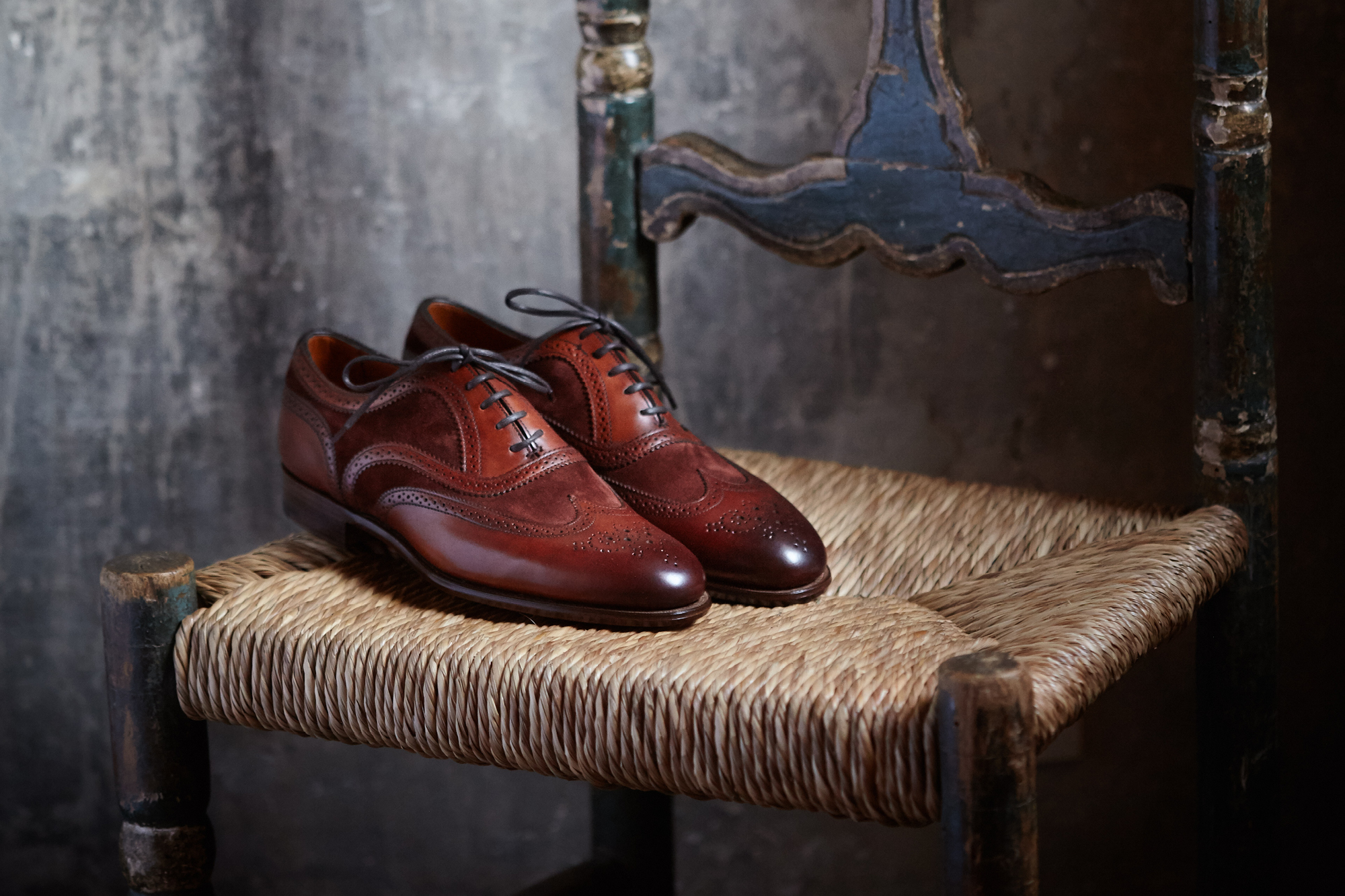
In fact, women have been buying Edward Green men’s shoes for years, particularly in Northern Europe. Now, drawing upon the experience of Edward Green’s technical manager, the company has now developed two lasts (moulds) specifically for women. Freeman explains, ‘Women’s feet are different, their hips are broader, their weight falls differently, their heels are narrower, so they need their own last’.
The new collection launched in London and Paris this April. Freeman is particularly interested in the different audience reactions. ‘There’s a positive demand for the shoes that we make, especially as it’s no longer obligatory for women to wear heels.’ She says, ‘It became apparent that in London the more relaxed shoes, such as our Galway boot, are the most popular. Parisians seem to favour more formal styles.’ If anyone knows about cross-Channel differences, it’s Freeman – who used to live and work in the French capital for designer Pierre Cardin, among others. While there, she learned that Parisian women did not collect vast wardrobes but focused on a few high-quality items that could be worn in different ways. ‘I still have a little Dior skirt and wish I still fitted into it,’ Freeman laughs.
Quality and longevity are the cornerstones of Edward Green. Internationally respected, the factory is still based in Northampton, the home of British shoemaking. Today a team of 89 craftsmen and women make just 350 pairs a week, with made-to-order commissions taking up to four months.
‘Machines are used only when there is one that exists to do the job required,’ Freeman explains. ‘For example, there are no twin-needled sewing machines, as none exist that can sew rows as closely or as finely as the single needle machines that Edward Green uses. Shoes that are humid after the lasting process are allowed to dry naturally rather than in ovens, helping to ensure the shoes keep their shape over the years.’
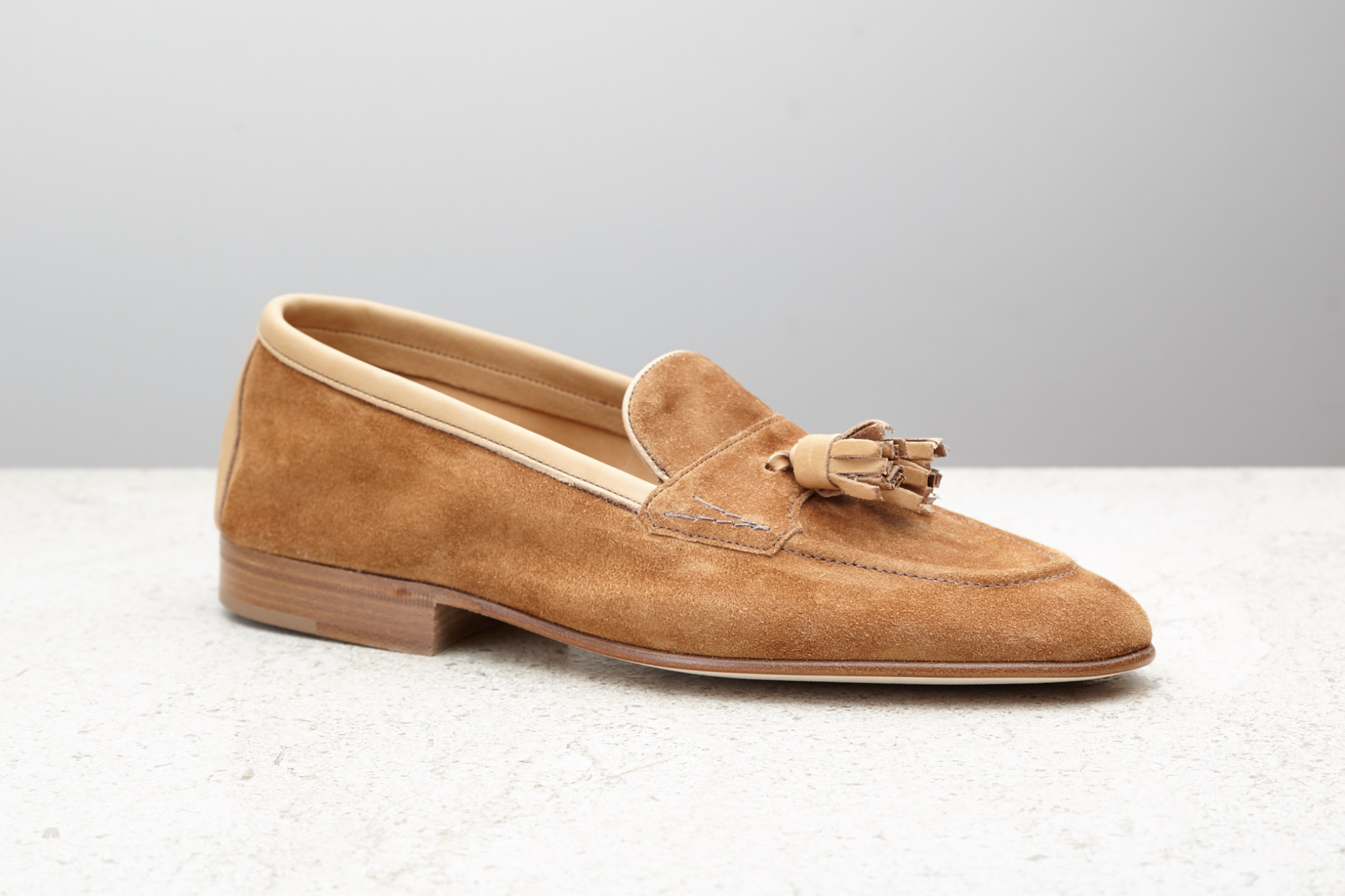
Edward Green was saved from the brink of bankruptcy by Czech-born designer – and Freeman’s partner – John Hlustik in 1982. He purchased the ailing company for just £1 (‘plus debts’) from an American entrepreneur. Hlustik came to the UK as a refugee aged nine, and later studied design in Milan. The two met at a mutual friend’s wedding, where Hlustik told her: “If you want a nice pair of shoes, call me in Northampton.” It didn’t take long for her to take him up on his offer.
Hlustik’s creative vision, Freeman says, ‘paved the way for English shoes today.’ He made brown shoes fashionable, and developed Edward Green’s signature ‘antiquing’ technique. He also made slip-on shoes – or ‘casuals’ as they were known – more acceptable and fashion-forward. His designs under the Edward Green name gave the company a much-needed opportunity to evolve while staying true to its founding principles of making the finest shoes, without compromise.
Sadly, Hlustik passed away unexpectedly in 2000. Freeman has been at the helm ever since, and continues to drive the company from strength to strength, representing the brand and selling over 80 per cent of their shoes from Tokyo to New York.
‘I was always rather independent, but you learn so many different things with this job,’ Freeman says. Although the company hasn’t been owned by the Green family for more than 40 years, Freeman frequently refers to it as a ‘family unit’. The pride she has in her team is palpable and she is a regular presence in the Northampton factory.
‘Every time I go onto the factory floor, I learn a new way of doing something, of making shoes. The other day I was watching a woman, roughly in her 50s at work, and I said: “Goodness, you really are multi-skilled.” She looked at me with tears in her eyes and replied: “No-one has called me skilled before.” We always encourage people to be proud of what they do. We are proud of them; this is incredibly important.’
Now women around the world will be able to purchase their own Edward Green shoes from a ready-to-wear selection – which includes the ‘Shelley’ suede shoes Freeman wears that Hlustik made specially for her years ago. They can also commission made-to-order styles – similar to that of selecting a bespoke suit – from an extensive range of styles, calfskins and suedes from the Edward Green collection; all with the same renowned attributes and level of handwork involved in the men’s shoes.
‘Edward Green has a commitment to the highest quality level and, though we make a small number of shoes, they are made at the highest quality of standards,’ Freeman says. ‘I have a fantastic team to support me and we are continuously evolving with the times.’
Edward Green is located in London on Jermyn Street and on Boulevard St. Germain in Paris; edwardgreen.com

